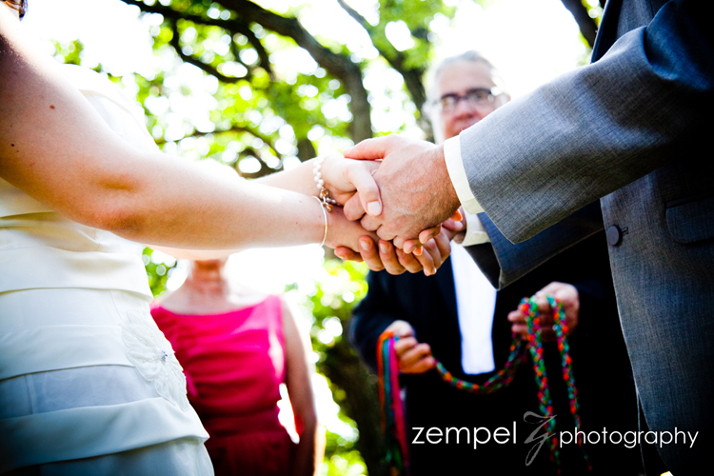Ceremony Start Time on Invitations
What ceremony start time should be noted on your wedding invitations? This is a question many couples struggle with as they plan their wedding day. Today’s day to day social scene is very relaxed. Gatherings are posted on social media and people come if they can and are interested. In contrast, a wedding day is a much more formal social event, but not everyone knows how to handle that.
Wedding etiquette says that guests should arrive approximately 15 – 20 minutes before the ceremony start time. This gives them time to park, find the ceremony site, make a quick restroom stop if needed, and be seated well before the wedding party is ready to enter the space. It has long been considered a serious faux pas to “race the bride down the aisle.” But it happens all to frequently these days. The worst offense I’ve seen is the late arriving guest who stepped between two bridesmaids as they made their way down the aisle, only to step around and in front of a number of guests already seated to reach an empty chair.
Because couples are aware that their guests may not arrive appropriately early for their wedding ceremony, they are left struggling to decide if they should “pad” the ceremony start time on their invitations. For example, they consider listing a 4:00pm ceremony time when they are really planning to begin at 4:30pm. While this may help solve the problem of late arriving guests, it creates other problems.
Some ceremony venues run very tight schedules, and your guests may not be allowed to enter until 15 minutes before the ceremony begins. This can leave your guests literally out on the sidewalk in the sun, rain, or other inclement weather. Even if they can access the ceremony space, if they arrive appropriately early based on the time your invitation indicates, their wait will be even longer. It is simply rude to leave polite guests waiting 45 minutes for a ceremony to start.
I suggest that you list your real ceremony start time on your invitations, and then enlist the aid of your families and friends to help spread the word that the ceremony will start promptly at the appointed time, and to please plan accordingly. I’ve also heard of couples who use their wedding websites to communicate this, and others who include a small note with their invitations if they know certain people habitually run late.
Weddings are formal social events, and while we don’t have many of those these days, it’s good form to understand the etiquette involved, and to enjoy the special experience.

